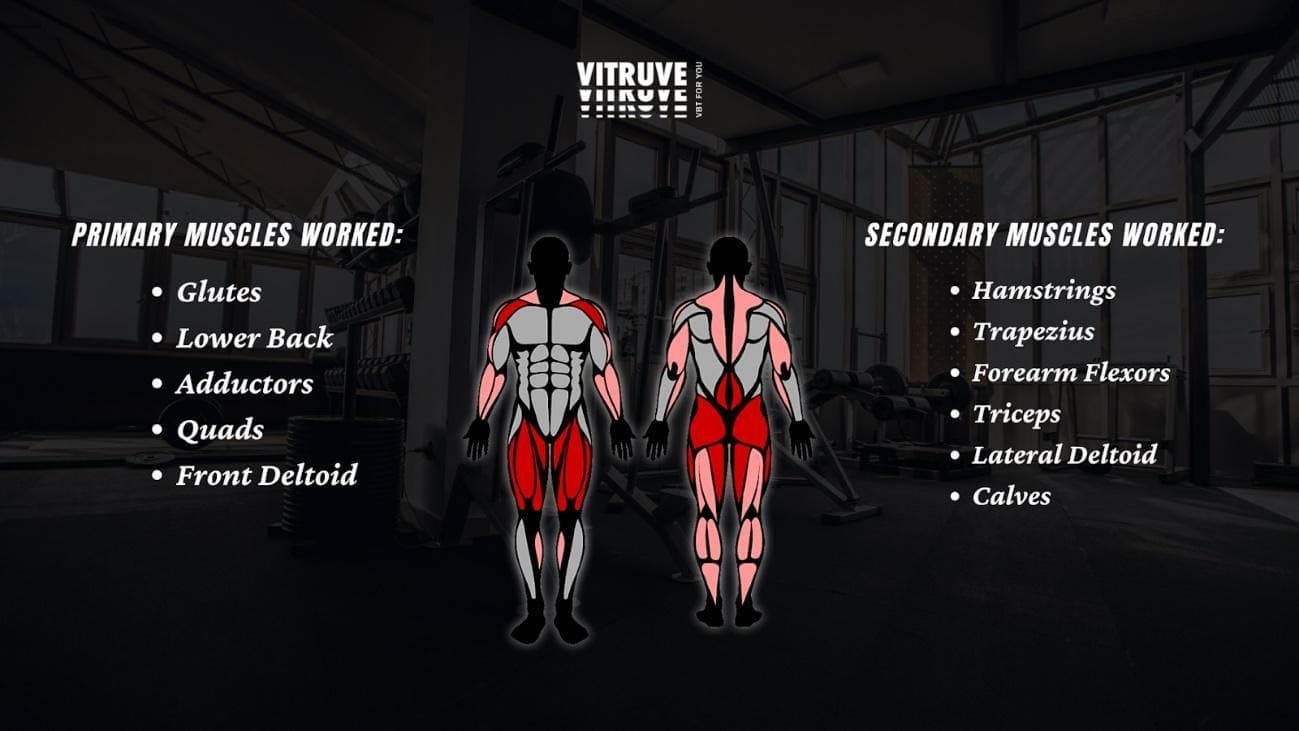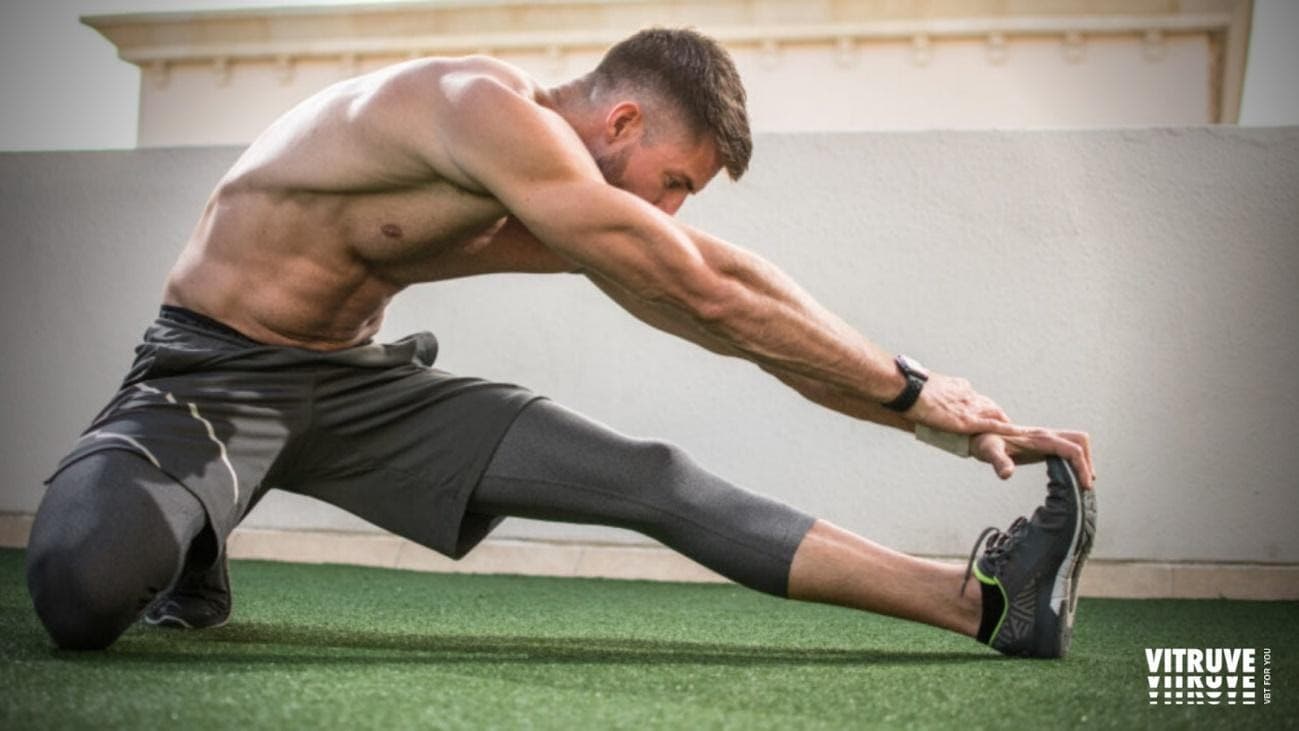11 de October de 2021
Guide To Learn The Clean And Jerk Technique
Quick Overview: In CrossFit and Olympic weightlifting, the clean and jerk is a popular exercise. It consists of two parts: the clean, in which the barbell is lifted from the floor to the shoulders, and the jerk, in which the bar is lifted from the shoulders to the overhead position.
There are many benefits to incorporating weight lifting exercises into an athlete’s training program. Here, however, the complexity of the technique in each movement must be emphasized. Therefore, learning correct movement techniques should always come first from an injury prophylactic point of view, before considering performing with heavier loads.
Benefits Of Clean & Jerk
Including this movement in your strength program is crucial to gaining strength in the overhead position as well as building up your whole body strength. Additionally, it improves your power output when you carry a heavy load. The main benefit of clean and jerk is that the movement teaches you how to generate strength from your hips in order to get the barbell into and out of the rack position.
Core muscles are strained during this movement, and you need to learn to keep a tight core as you swing weight in various positions, from the lower squat to the rack position and overhead. The clean and jerk is one of the best exercises for developing speed and power, as well as strengthening the hamstrings, quadriceps, low back, abdominals, shoulders, and traps.
Muscles Worked by the Clean and Jerk
With a shorter pulling distance and heavier weights, leg and back strength play an important role in better performance. Your legs and hips will be the most obvious muscle groups to work. These provide a great deal of force to the bar and keep it in the right position on the way up.
Core strength and upper back strength are also important here. Core strength is essential for using leg strength effectively, while back strength is necessary to hold the position over the bar and keep the bar near the body without the use of arms.
The jerk portion of the exercise obviously requires a lot of strength. Here the scapula and shoulders play a major role to support big weights overhead. thus, you’ll need strong back and shoulder muscles. It is advised to strengthen your core and shoulders especially if you are new to weightlifting or heavier overhead exercises.
Recommended Read: Strength Training For Athletes: Pro Tips To Improve Your Strength

Clearly, these exercises test a wide variety of muscles but do not build strength so much as they require it. A short lift reduces the amount of strength building, while rapid contractions of the muscles lead to fatigue. Olympic lifts are a great demonstration of strength and build power at the same time. While they don’t build significant muscle mass compared to alternatives, they’re incredibly cool and help develop leg and hip power.
Proper Clean and Jerk Execution
Here is an explanation of how to do an effective clean and jerk execution. The most traditional way to do a clean and jerk is with a barbell. So that’s the variation we are presenting below. Keep in mind: You can also perform these lifts with dumbbells or kettlebells, which makes it more accessible and easier to include in your workout routine.
-
Position & Grip
Position yourself against the barbell in a shoulder-width position. The bar should be roughly level with your metatarsus. With your back and shoulders straight, go forward into the deadlift position. Grip the barbell with your hands close to your body and your arms outside your knees. Your bodyweight should be distributed in the metatarsal area. This position adjusts to the deadlift and the hip drive by bringing your lower body into the other positions using the parallel shift.
-
First Pull
For the first pull, push yourself out of your legs utilizing the parallel shift mentioned above. You should have tension all over your body. The entire back should be in a neutral position, which means that it is bolt straight. As you lift the bar off the floor, make sure that tension is maintained and that your arms hold the barbell like tightly drawn chains. From this point, guide the bar close to your body and bring it into the “triple extension” position. The position states that the hips, knees, and ankles are straight to produce the most power.
-
Second Pull
The second movement takes place after the triple extension. Pay attention to the contact between the bar and the hip and respond with a shrug. They try to transfer the force produced by the lower body vertically and to control another influencing force through the neck muscles. You carry out the second move up to a height where you can move under the bar and start the catching phase.
-
Regroup
As soon as the bar has gained height, the regrouping phase begins. You lower your body under the bar. An important part of this is to snap your elbows up quickly and get to the front rock position early on. Also, make sure that your back stays in a neutral and straight position at all times. When you have intercepted the bar, you are now in the front squat and stand up together with the bar.
-
The Pushing
The barbell is still in the front rack position. The elbows are in a horizontal position and the bar is in the hands so that all fingers are in contact with the bar. From this point, we want to move on to the explosion phase. As you do this, shift your weight a little more onto your heels and push your hips forward. When you are in a good position, lower your position straight down. You can think of it like you’re about to jump straight up. Make sure that you push yourself straight up and through your legs. When you’ve pushed the bar up, step under the bar and load in a lunge position. The arms are pushed through and the weight is shifted 60% to the forefoot and 40% to the rear foot.
-
Stand up
First, bring your front foot back a little to create more balance. Then pull your back foot forward so that both feet are next to each other. The arms are stretched throughout the process.

Warm-up for Clean & Jerk
To enhance your body strength and achieve consistent progress, include warm-ups, rest, and nutrition in your exercise program. A real warm-up is important. If you don’t warm up properly you will hurt yourself and ultimately fail to reach your full potential. A good warm-up consists of two components: an increase in body temperature and heart rate (e.g. through cardio exercises) a warm-up of the execution of the exercise and mobility.
Conclusion
By using different movements and loads when moving and pushing, weightlifting exercises offer a good opportunity to enrich the daily training routine with a new form of movement. Due to the stress that the body experiences, the rapid or explosive force and the coordination of movements can be improved in particular. If you have any questions, don’t hesitate to ask! Leave a comment or contact us here.

